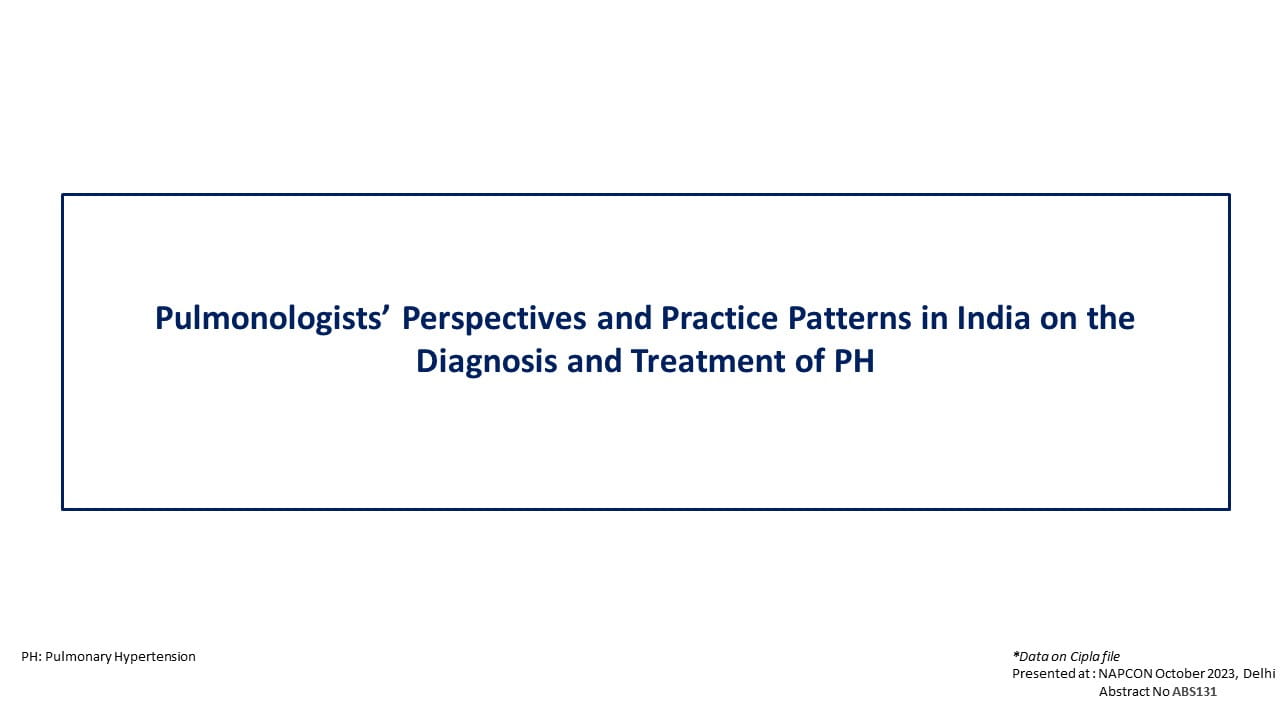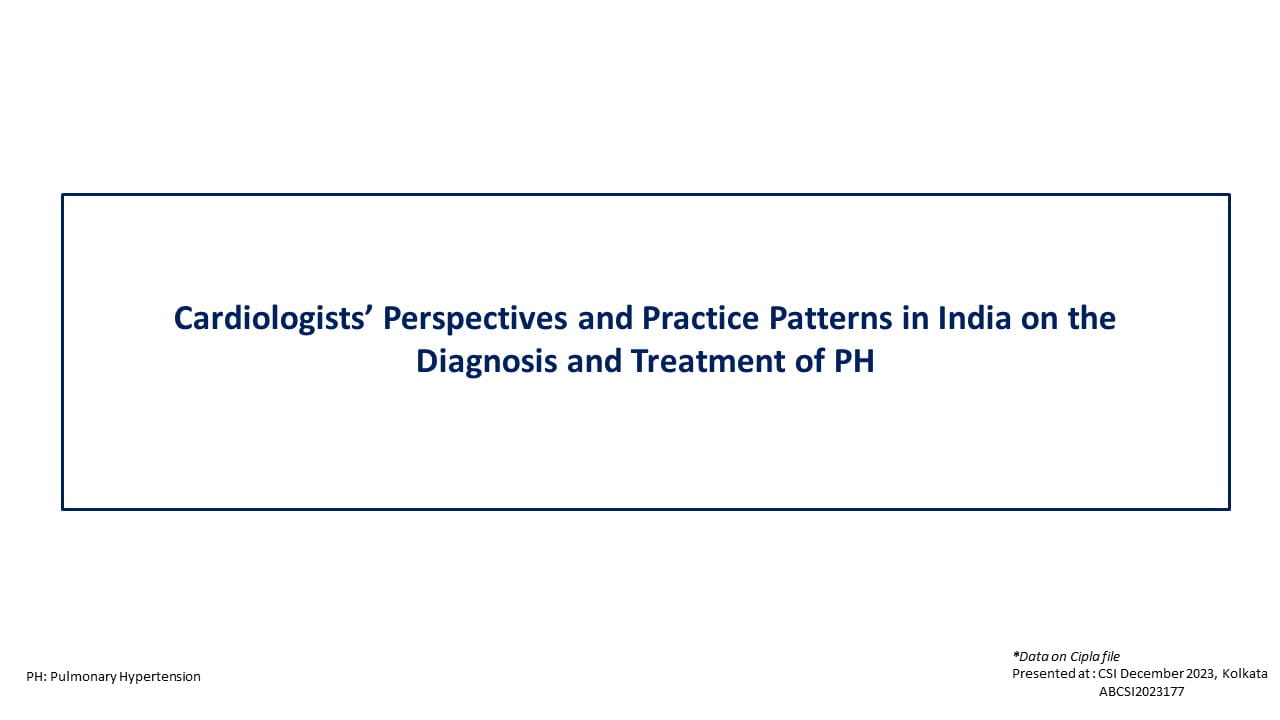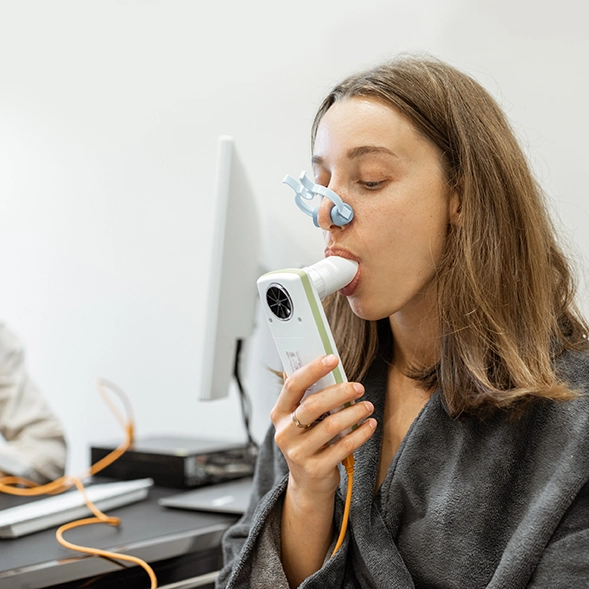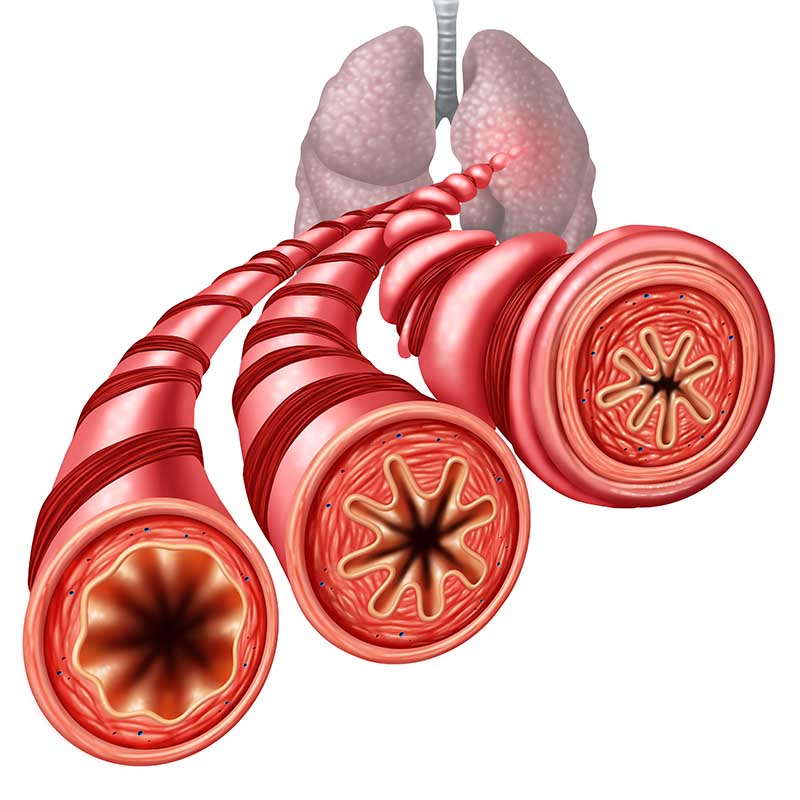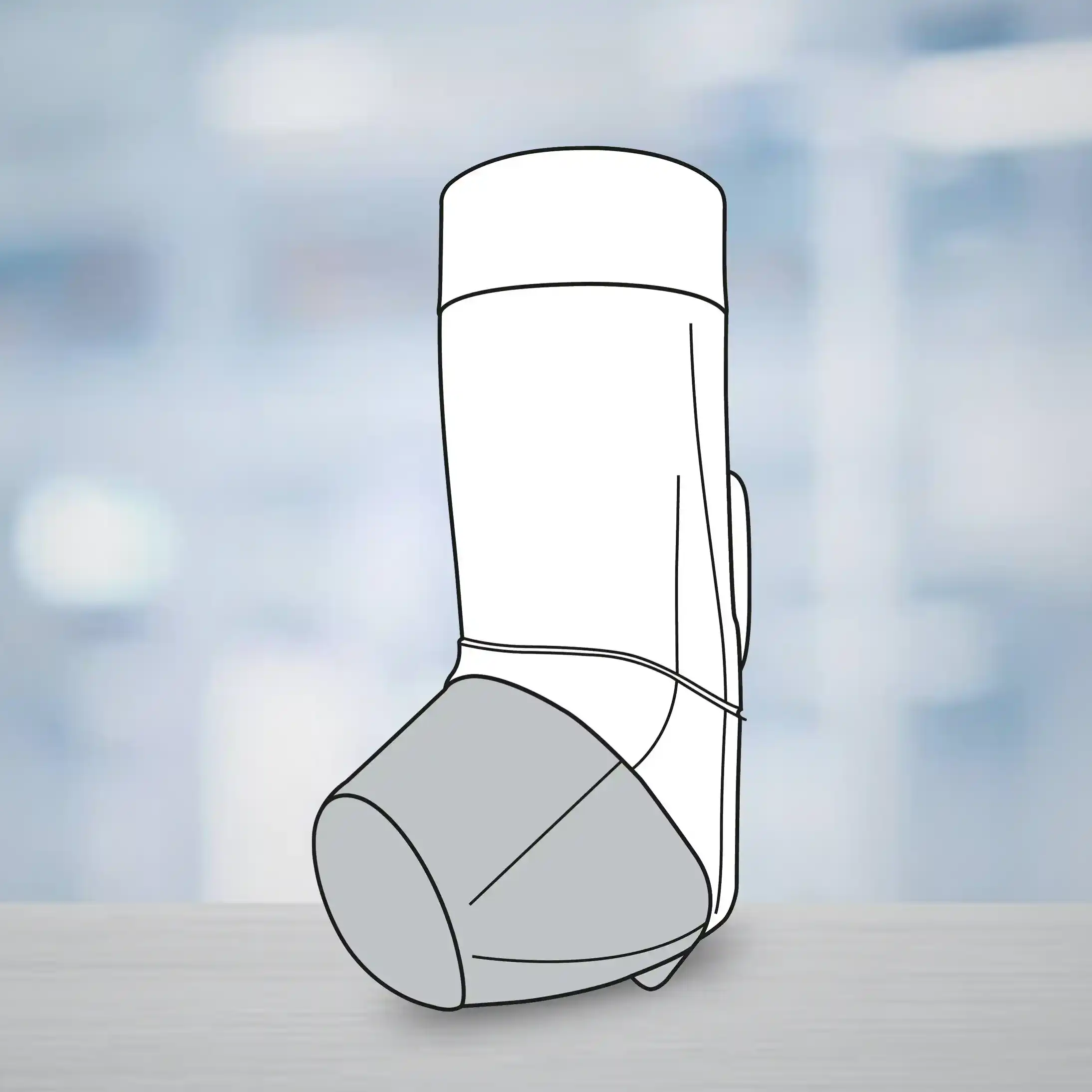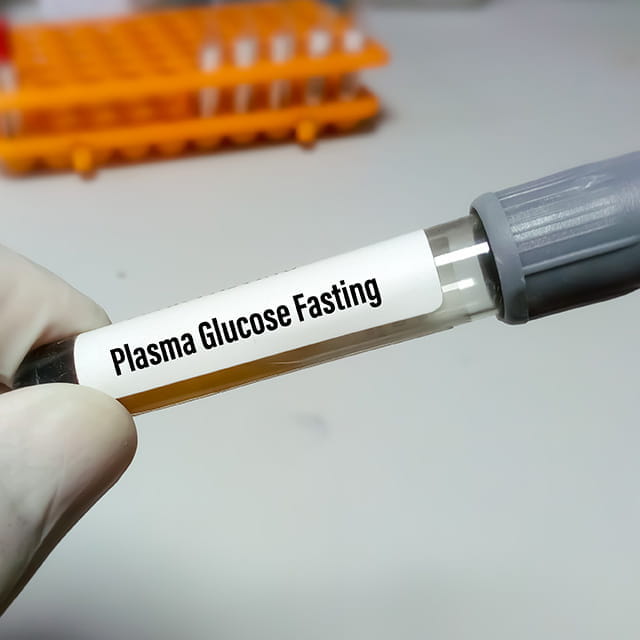Check and Correct Inhaler Technique
Delivery of respiratory medications by the inhalation route achieves a high concentration in the airways, more rapid onset of action, and fewer systemic adverse effects than systemic delivery. However, using an inhaler is a skill that must be learnt and maintained in order for the medication to be delivered effectively. Correct inhalation technique plays a vital role in effective asthma therapy alongside appropriate drug usage. However inhalers, both pMDIs and DPIs, are complicated to use, some requiring up to eight steps for a correctly performed inhalation manoeuvre.
Most patients (up to 70–80%) are unable to use their inhaler correctly. Studies have shown that approximately 50% of the patients make at least one error when using a DPI and around 76% make at least one error with a pMDI. Another study conducted by Arora et al. in 300 patients showed that maximum errors are observed in those using pMDI (94.3%), followed by DPI (82.3%) and pMDI+spacer (78%) while users of a Nebulizer (70%) committed the least number of errors while using it (p=0.005). Most people with incorrect technique are unaware that they have a problem.
Incorrect usage of inhalers is a significant problem for both asthma and COPD management because it may result in diminished therapeutic effect, resulting in poor control of symptoms, increased risk of exacerbations, increased adverse effectsand, thereby, insufficient disease management.
Therefore, it is necessary on the part of the physicians, respiratory therapists, and nurses to understand the issues related to performance and correct use of these medical devices and also to understand the difficulties faced by patients while using these devices.
The physician should check the patient’s inhaler technique at every clinic visit. If the technique is incorrect or if the patient is missing some steps, the physician should identify the errors with the help of a checklist and should give the patient a physical demonstration on using the inhaler correctly.
The steps to use the inhalers correctly along with the patient errors are mentioned below. We hope this will serve as a valuable handy resource for physicians for quickly checking and correcting their patients’ inhaler technique.
|
Checklist for assessing technique of using a pMDI |
Checklist for assessing patient errors |
|
Failure to remove the mouthpiece cap. |
|
Failure to shake or inadequate shaking of the canister. |
|
Failure to breathe out fully. |
|
|
|
Failure to hold the breath for a few seconds after inhalation. |
|
Failure to breathe out normally. |
|
Checklist for assessing technique of using pMDI + spacer |
Checklist for assessing patient errors |
|
Incorrect assembly of spacer. |
|
Failure to remove the mouthpiece cap. |
|
Failure to shake or inadequate shaking of the canister. |
|
|
|
|
|
|
|
|
|
Failure to breathe out normally. |
|
Checklist for assessing technique of using a Revolizer |
Checklist for assessing patient errors |
|
Arrows not matching |
|
Did not insert the transparent side of the rotacap into the rotacap chamber. |
|
Did not lock the Revolizer correctly. |
|
Failure to breathe out fully. |
|
|
|
Failure to hold the breath for a few seconds after inhalation. |
|
Failure to breathe out normally. |
|
Checklist for assessing technique of using a Rotahaler |
Checklist for assessing patient errors |
|
Placing the fin below the rotacap hole. |
|
Failure to insert the transparent end of the rotacap into the rotacap hole. |
|
Did not press the rotacap firmly. |
|
Two halves not separated. |
|
Failure to breathe out fully. |
|
|
|
Failure to hold the breath for a few seconds after inhalation. |
|
Failure to breathe out normally. |
|
Checklist for assessing technique of using an Autohaler |
Checklist for assessing patient errors |
|
|
|
Not raising the lever to the vertical position. |
|
Failure to breathe out fully.
|
|
|
|
Failure to hold the breath for a few seconds after inhalation. |
|
Failure to breathe out normally. |
|
Failure to return the lever to the down position. |
Checking and correcting inhaler technique using a standardized checklist takes only 2–3 minutes and leads to improved asthma control. A physical demonstration is essential to improve inhaler technique.
This is easiest if the health-care provider has placebo inhalers and a spacer. Even after training, inhaler technique falls off with time, so checking and re-training must be repeated regularly. This is particularly important for patients with poor symptom control or a history of exacerbations. Pharmacists and nurses can provide highly effective inhaler skills training
National and international guidelines stress the need to teach asthma and COPD patients the correct use of inhalers. Patient education is crucial in proper use of delivery devices and effectiveness of aerosol therapy. Whatever the chosen inhaler, education from health-care providers has a major role in improving inhaler technique and compliance. Proper education to patients on correct usage may not only improve control of the symptoms of the disease but might also allow dose reduction in the long term.
Remember
- Don’t rely on self-reports regarding inhaler technique; despite claims of proficiency, most patients make at least one mistake.
- Check inhaler technique at every opportunity.
- Ask the patient to show you how they use their inhaler (don’t just ask if they know how to use it).
- Identify any errors using a device-specific checklist.
- Show the patient how to use the device correctly with a physical demonstration, e.g. using a placebo inhaler
- Check technique again, paying attention to problematic steps. You may need to repeat this process two to three times.
- Only consider an alternative device if the patient cannot use the inhaler correctly after several repeats of training.
- Re-check inhaler technique frequently. After initial training, errors often recur within 4–6 weeks.
References
- Global Initiative For Asthma, Global Strategy For Asthma Management and Prevention; Updated 2015 (ginasthma.org/local/uploads/files/GINA_Report_2015_Aug11.pdf); Accessed on 11th Feb 2015
- Respiratory Medicine 2014; 108: 992-998
- The Journal of Family Practice 2011; 60(12): 714-721
- Respiratory Medicine 2011; 105: 930-938
- Respiratory Medicine 2008;102: 593-604


